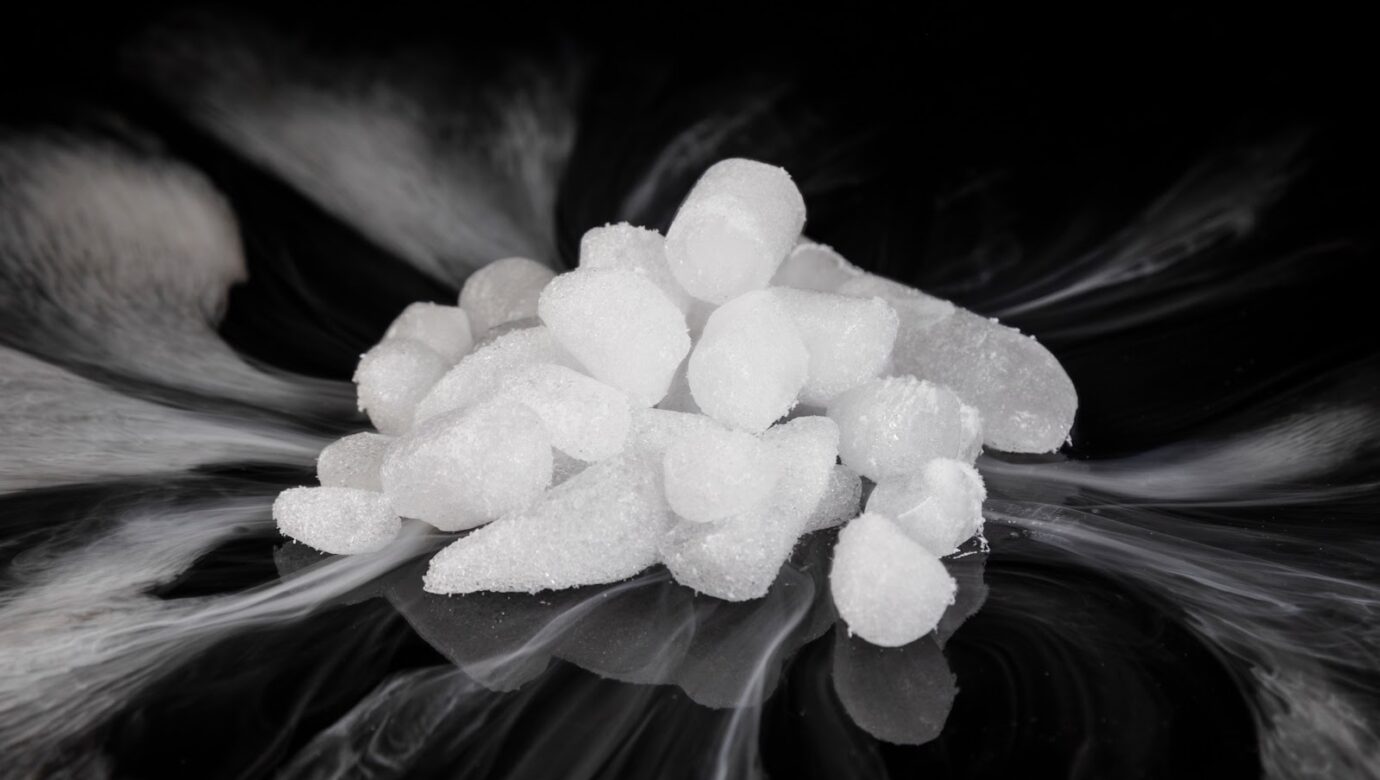Dry Ice: Anyone can use it. Or can they?
I got a call late last week from a courier in the Southwest who had been transporting dry ice in a large ziplock bag in a cooler in the back seat of his car, when he heard a hissing noise and pulled over. The nylon cooler he had put the bag of dry ice in had expanded and was stretched nearly to the breaking point. The courier was working for a local medical courier company who had a good training program in place, but the driver was a bit frightened. “What should he do?” “Should he call hazmat?” “Should he call the police?” I instructed him to do neither of those two choices, but to carefully unzip the cooler to release some of the pressure. He did that, and in the process, nicked the side of the bag and the gas escaped and he went on his way.
Who would have known that dry ice was expansive and dangerous? Dry ice is actually solid carbon dioxide. Here are some facts about dry ice that can help keep you safe when working with it as a medical courier. Dry ice is solid carbon dioxide. Dry ice is extremely cold (-109.3°F or -78.5°C). At this temperature it sublimates from the solid state into the gaseous state or undergoes deposition from gas to solid. Dry ice resemble snow or water ice. Dry Ice Safety Issues: Contact with dry ice can result in frostbite and cold burns. Avoid allowing contact between dry ice and the skin, eyes, or mouth.
Use insulated (thick) gloves when handling dry ice. Although dry ice and carbon dioxide are not toxic, the use of dry ice may present a respiratory hazard because it can sink and displace air near the ground or when it mixes with the air, there is more carbon dioxide (less oxygen) in each breath. Use dry ice in a well-ventilated area. When you have dry ice with you in your car, keep the windows cracked open to allow fresh air in. Do not eat or swallow dry ice. Do not seal dry ice in glass or other closed containers, since the pressure buildup may result in breakage or bursting. There you have it, boys and girls. Do NOT seal dry ice in a zip lock bag, a plastic container, or any other air tight container because the fumes can build up pressure and cause an explosion.
Just go on You Tube and see the various videos of adventurous young boys and girls who have tempted fate by putting dry ice in, say, a 2 liter Coke bottle with water and sealed it. Dangerous to say the least. I worked with a gent in the West, who shall remain nameless, who tried the aforementioned stunt and the resulting explosion won him a visit and citation from the Bureau of Alcohol Tobacco and Firearms. Hopefully, your drivers are not the experimenting or adventurous type.
To learn more about dry ice safety and bloodborn pathogen training for your medical couriers, please visit our website, www.integritydelivers.com or call us at Integrity Medical Courier Training at #719-502-7081.


